Can anyone give a good example of a use case diagram involving two actors?
Also, the diagrams generally have lines without arrows to connect actors to use cases. However, when two actors are involved, do the lines have to show a direction to indicate the path of messages?
For example, I have a system in which users can form groups. One user will initiate the formation of the group and request the other user to join. So in this case the use case will be form groups and will lines connecting to use case have an arrow from the 1st user who initiates the group formation to the 2nd?
Actor 1 -> Form groups -> Actor 2
